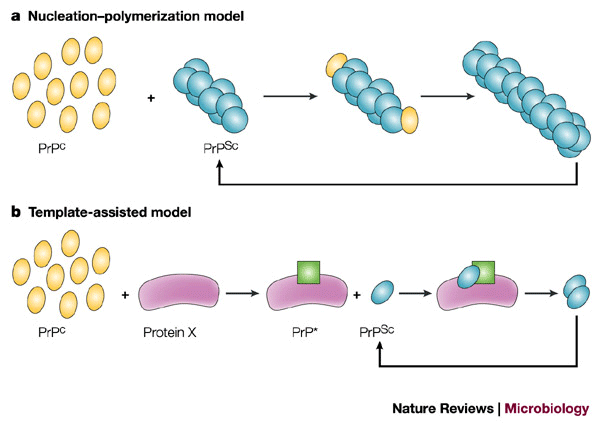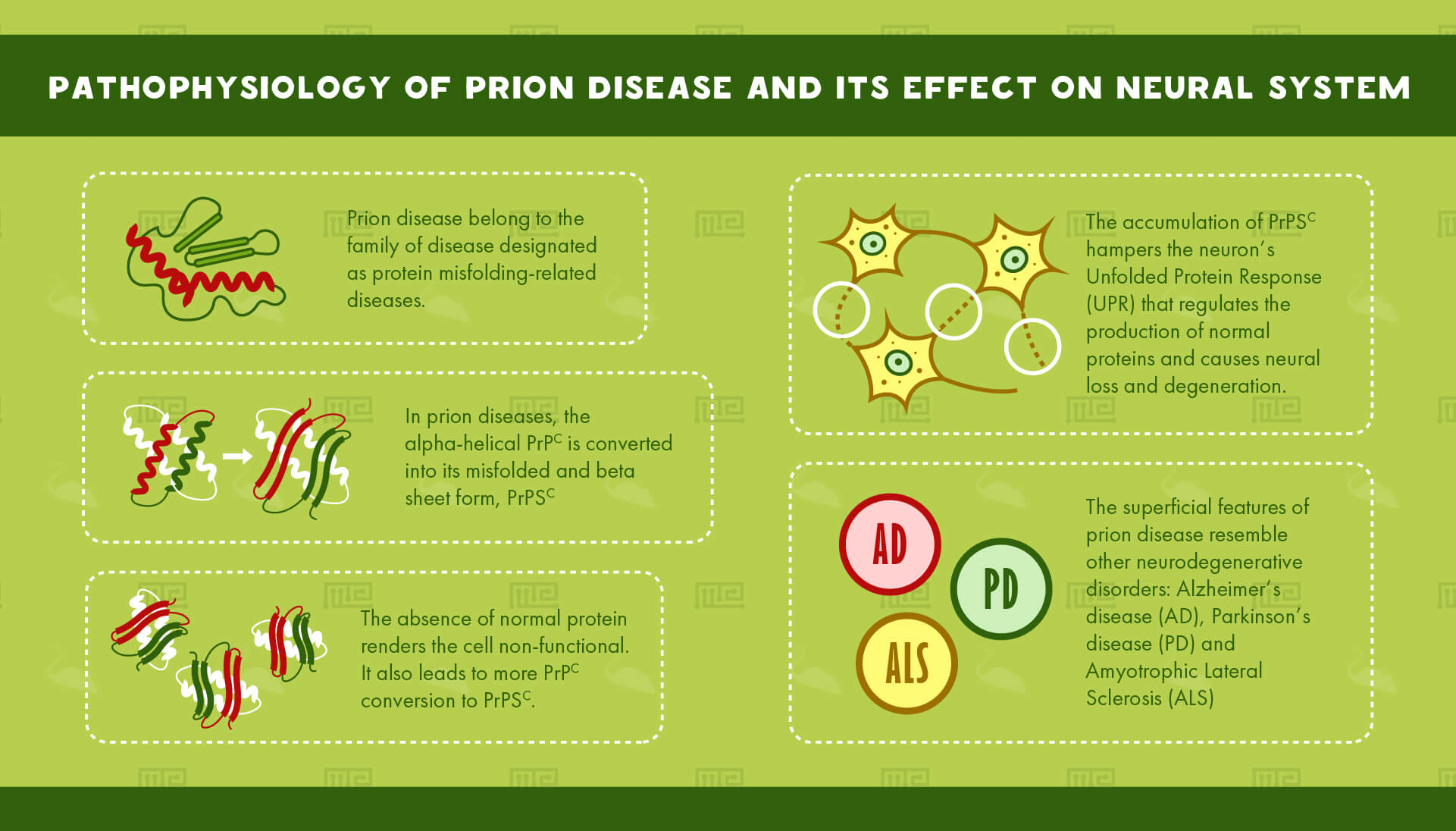Reference




OpenAI's Answer
Diagnosing prion diseases during the incubation period presents several significant challenges, which stem primarily from the unique nature of prion pathogenesis and the limitations of current diagnostic methodologies. Here are the key challenges:
-
Lack of Symptoms: During the incubation period, individuals generally do not exhibit any clinical symptoms. Prion diseases have long incubation periods that can span from several years to decades before any neurological symptoms manifest. This absence of symptoms makes clinical diagnosis extremely difficult until the disease progresses to a more advanced stage.
-
Absence of Immune Response: Prion diseases do not elicit a traditional immune response, which makes developing diagnostic tools based on immune markers or antibody responses impossible. This differentiates prion diseases from many other infectious diseases, where immune responses can be detected and used for diagnosis (NCBI).
-
Lack of Early Biomarkers: Effective, non-invasive biomarkers for early prion disease detection are currently lacking. Most diagnostic tests (like brain biopsies or post-mortem examinations) are invasive or only confirm the disease after its progression. Existing tests such as MRI scans, cerebrospinal fluid analyses, or genetic testing often cannot detect the disease during the asymptomatic phase (ScienceDirect).
-
Need for Specialized Techniques: Detecting prions, especially during the early incubation period, requires advanced, sensitive techniques such as protein misfolding cyclic amplification (PMCA) or real-time quaking-induced conversion (RT-QuIC). These methods are still largely research tools and not widely accessible for routine clinical diagnostics (NCBI).
-
Variable Incubation Periods: Prion diseases have highly variable incubation periods, which depend on various factors including the prion strain and host genetics. This variability adds another layer of complexity to early diagnosis as it is challenging to predict the onset of symptoms (PNAS).
-
Sampling Limitations: Current diagnostic methods often require brain tissue samples, which are invasive and not practical for early disease detection. Non-invasive methods like blood tests are still under development and lack the sensitivity needed for early-stage disease detection during the incubation period (Nature).
In summary, the challenges in diagnosing prion diseases during the incubation period are largely due to the absence of symptoms, lack of an immune response, limited early biomarkers, and the need for specialized and sensitive detection techniques that are not yet widely available for clinical use.
Follow Up
Related
What are the challenges faced in implementing AI in industries?
ChatGPT and Its Role in Transforming the Healthcare Industry: Opportunities, Challenges, and Future
Can you provide a detailed outline to write a research paper on the topic 'From Coal to Clean: Chall
CHAPTER 2 - Literature Review 2.1. Introduction This chapter undertakes a review of literature to
Repositioning for the future: African hand-washing innovation Shesha Geza streamlines its strategi